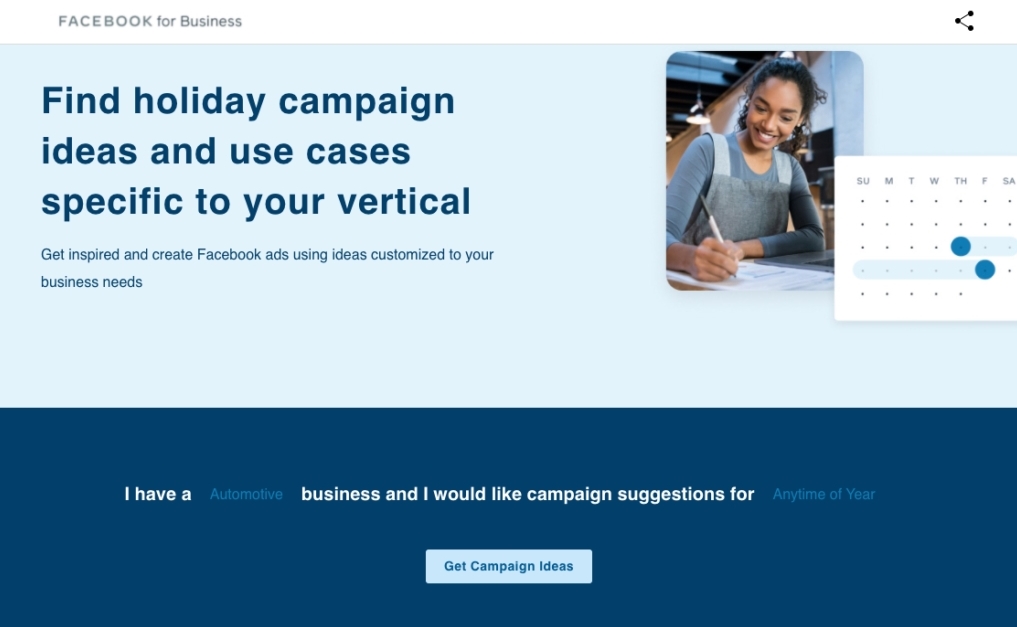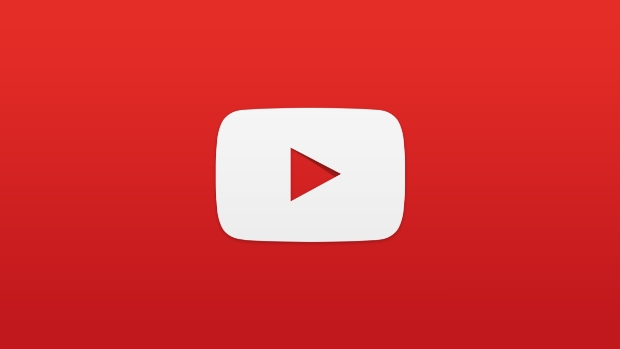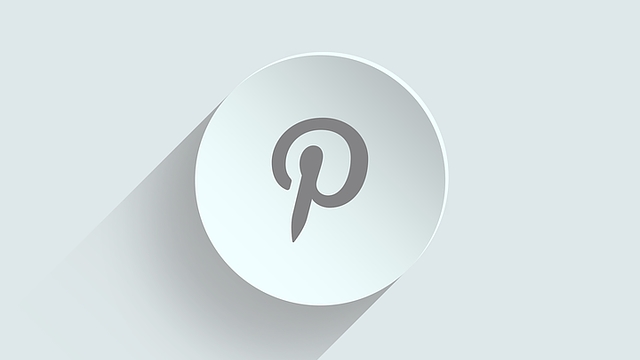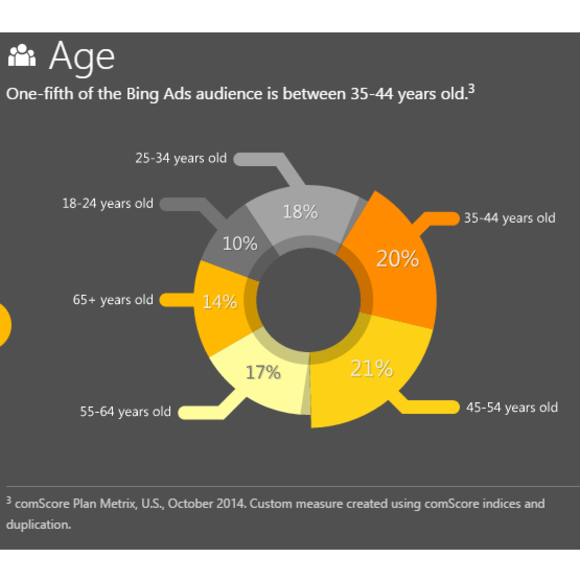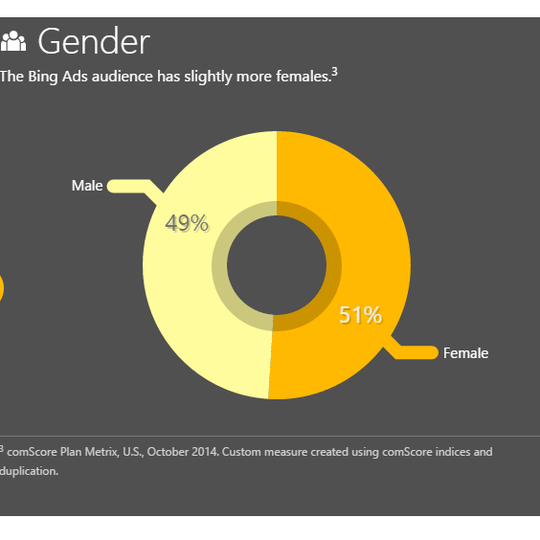After years of criticism around Facebook ad targeting, Meta says it will be restricting the ability to target individuals based on sensitive information, such as their health conditions, religion, or political beliefs.
Specifically, Facebook will be removing targeting options for four distinct categories of audience data:
- Health causes (targeting interests such as “Chemotherapy” or “World Diabetes Day”)
- Sexual Orientation (including targeting interests such as “same-sex marriage”)
- Religious practices or groups
- Political beliefs, social issues, causes, organizations, and popular political individuals
Starting January 19, 2022, advertisers will no longer be able to target new ads using this highly specific audience information. However, existing campaigns will continue delivering to their targeting audiences using this data through March.
For existing campaigns, you will be able to edit campaign-level information (such as your budget or campaign name) without affecting targeting details until March 17.
If a campaign is paused, though, it will be updated using the new targeting restrictions when resumed.
The vast majority of advertisers should be unaffected by the new ad targeting policies. If you provide medical services or are using ads to promote political efforts, however, you will likely need to review your existing audience targeting and begin planning for a new approach to reach your target audience.

